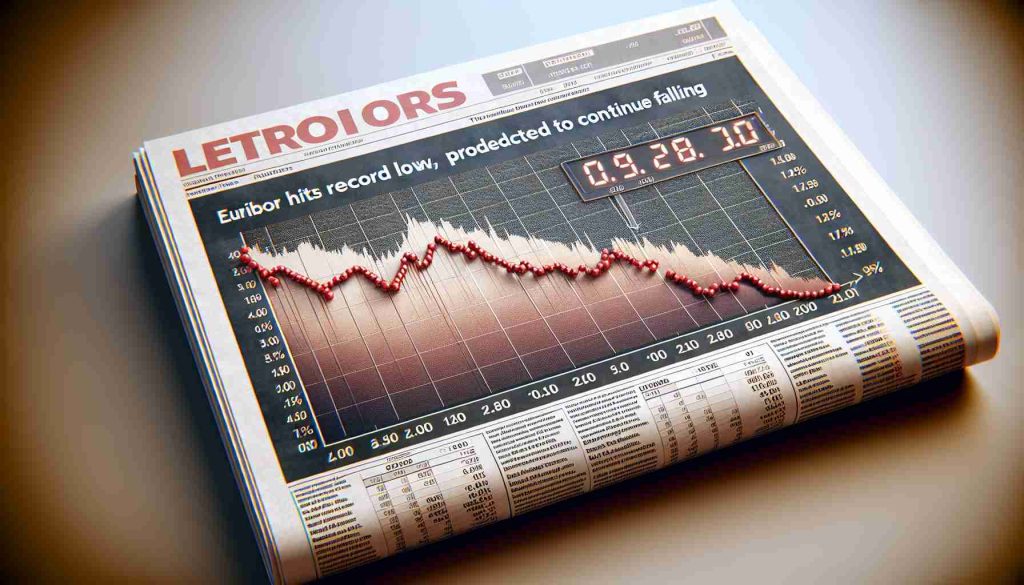The Euribor has reached a historic low in October, dropping to 2.691%, marking its lowest rate since October 2022. This significant decrease represents the largest annual decline since December 2009, nearly 15 years ago. For individuals with a variable mortgage of 150,000 euros over 30 years, the reduction translates to approximately 128 euros less in their monthly payment for those with annual revisions and about 86 euros saved for those with semi-annual reviews.
The current trend indicates a favorable period for mortgage holders, as daily Euribor rates hover around 2.5%, a level unseen in the past two years. Experts predict that if this downward trajectory continues, the Euribor could potentially end the year between 2.3% and 2.2%. This projection could prompt banks to further reduce mortgage interest rates in 2025.
With expectations of continued decreases, there is optimism for prospective homeowners in the coming years. The director of mortgage comparison site iAhorro anticipates a return to fixed mortgage rates around 1% TIN by 2025, offering favorable terms for borrowers with strong credit profiles. These projections suggest a promising outlook for the mortgage and real estate sectors in the upcoming year.
Financial analysts foresee further cuts in interest rates by the European Central Bank in the near future, further influencing the trajectory of the Euribor. The anticipation of additional rate cuts in the following months indicates a potential continuation of the current downward trend.
Euribor Hits Record Low, Predicted to Continue Falling: Insights and Analysis
The recent record low reached by Euribor in October has sparked discussions among market analysts and financial experts regarding its continued trajectory and implications for various sectors. While the previous article highlighted some key points, there are additional facts and considerations that shed light on the evolving landscape of interest rates and mortgages.
**Key Questions and Answers:**
1. **What factors are driving the sustained decline in Euribor rates?**
This downward trend can be attributed to various global economic factors such as low inflation, sluggish growth, and the European Central Bank’s monetary policy aimed at stimulating economic activity.
2. **How does the current Euribor rate compare historically?**
The current rate of 2.5% is significantly lower than levels seen in previous decades, presenting a unique opportunity for borrowers to benefit from reduced mortgage costs.
**Key Challenges and Controversies:**
1. **Impact on Savings Accounts:**
While low Euribor rates benefit borrowers, they pose challenges for savers and investors who rely on interest income from savings accounts, leading to diminished returns.
2. **Market Stability Concerns:**
Continued decline in Euribor rates raises concerns about market stability and the potential implications for long-term investment strategies and overall financial health.
**Advantages and Disadvantages:**
The decreasing Euribor rates offer advantages such as reduced borrowing costs, making homeownership more affordable and stimulating real estate activity. On the downside, low rates can result in decreased profitability for financial institutions, potentially impacting their ability to offer competitive interest rates on savings products.
For more in-depth analysis and updates on the evolving financial landscape, visit ECB for insights from the European Central Bank. Stay informed about market trends and economic indicators by exploring reports on interest rates and mortgage developments on Bloomberg.
As the Euribor continues on its downward trajectory, stakeholders across various sectors are closely monitoring developments to navigate the opportunities and challenges presented by this historic phenomenon.










More Stories
Game-Changer in Delivery! Glovo’s Bold Move Stuns Spain!
Maximizing Returns Beyond Treasury Bonds
Exploring the Rising Trends in European Banking